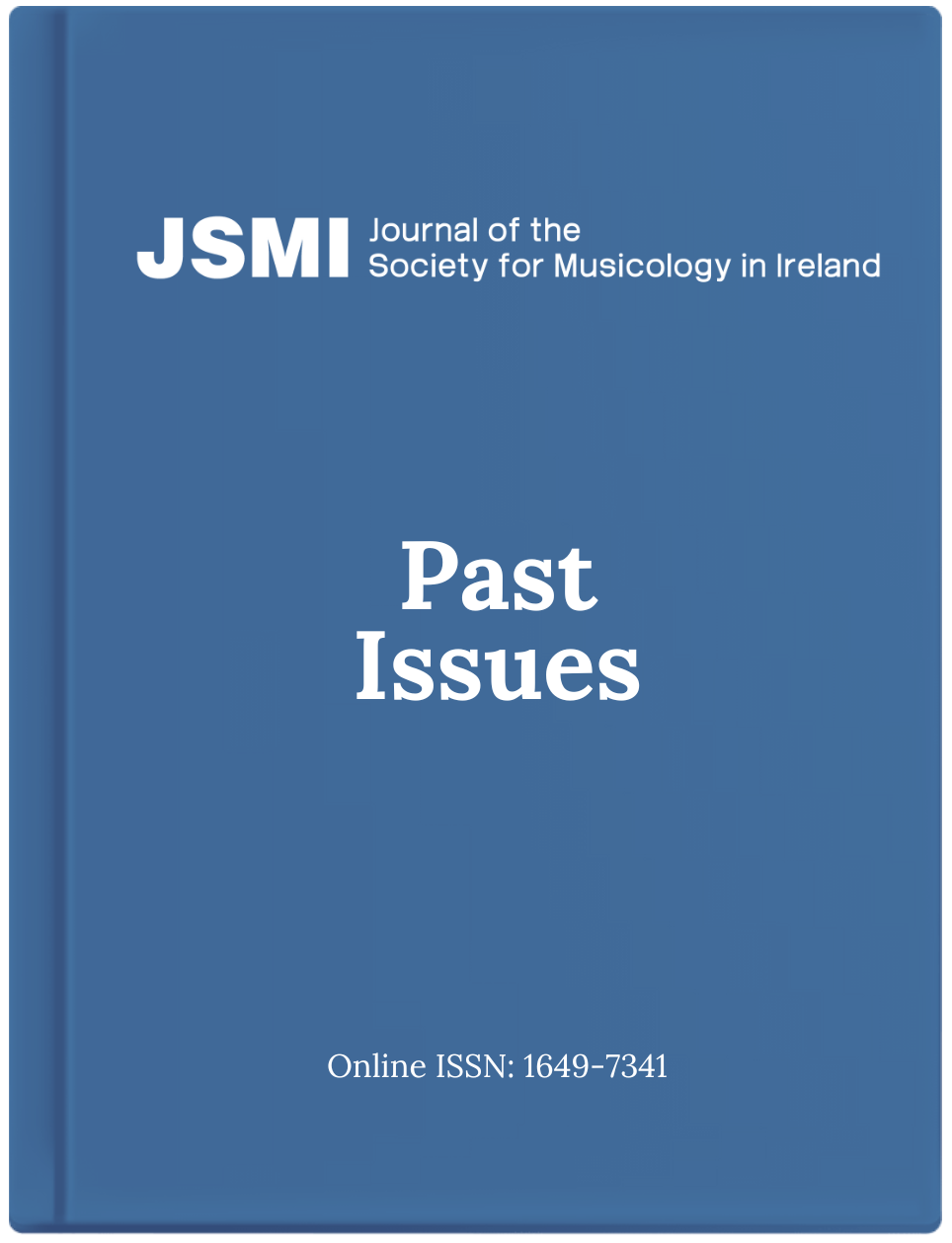Archaism, Antiphony and the Music of the Book of Common Prayer: A Mythical Amalgam
DOI:
https://doi.org/10.35561/JSMI17221Abstract
The Book of Common Prayer (BCP) is more than four hundred and fifty years old and part of the very fabric of Anglicanism throughout the world. It has a vast catalogue of musical repertory, both in the form of settings of the text of the BCP, but also settings of other sacred texts that might be used at BCP services. This music achieved an archaic personality from the early days of the BCP, but many later periods in the life of the Anglican Church have engendered and even promoted an archaic personality quite conspicuously. Musical archaism, in turn, has supported the formal, conservative and archaic personality of the BCP and its practice more generally. The music of the BCP has also engendered a patriarchal, hierarchical and antiphonal identity, all of which have strong connexions with archaism. Additionally, the Ecclesiological Movement (or the Cambridge Camden Movement) and the Tractarian Movement (or the Oxford Movement) and their systematic archaic and antiphonal schemes have also brought archaism into the company of the music of the BCP. Finally, the archaic nature of the Tudor words of the BCP is a continuous and increasing feature from about the time of the Restoration onwards. Yet the archaic identity, or ethos, spirit, or myth, that is provoked by all these ingredients may well, at times, have been a work of fantasy rather than fact.
Downloads
Published
Issue
Section
License
Copyright for articles and reviews published in this journal is retained by the authors, with first publication rights granted to the journal. By virtue of their appearance in this open access journal, articles are free to be used, with proper attribution, in educational and other non-commercial settings.
It is the responsibility of the author to secure (and, if necessary, pay for) written copyright permissions for the reproduction, in this online journal, of any illustrations, images, music notation, audio and video files, or any other copyright materials, that are included in the author's article.



